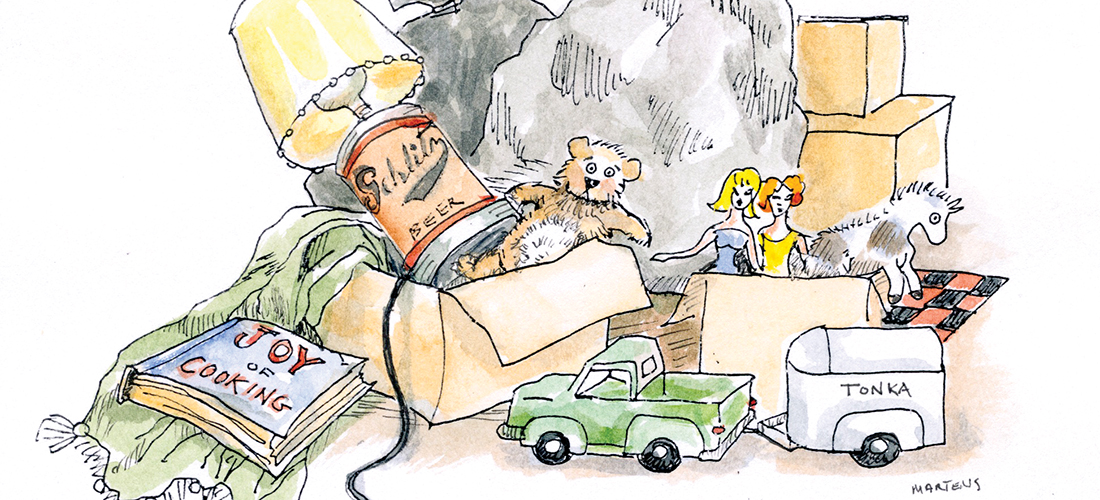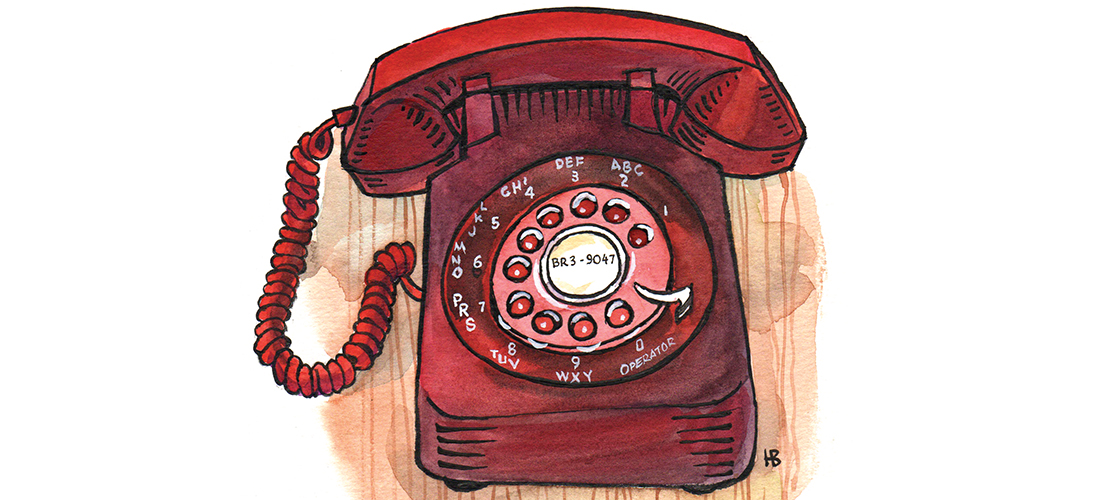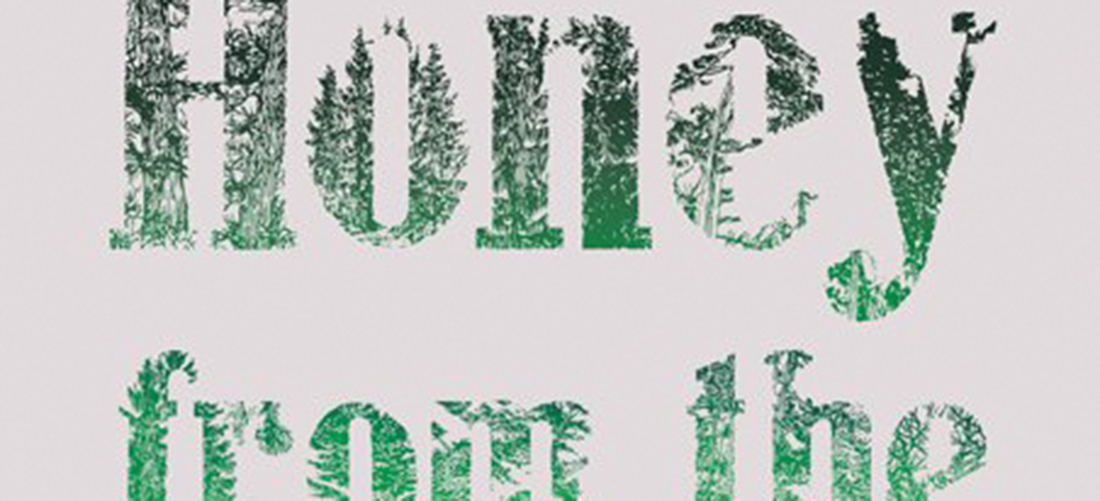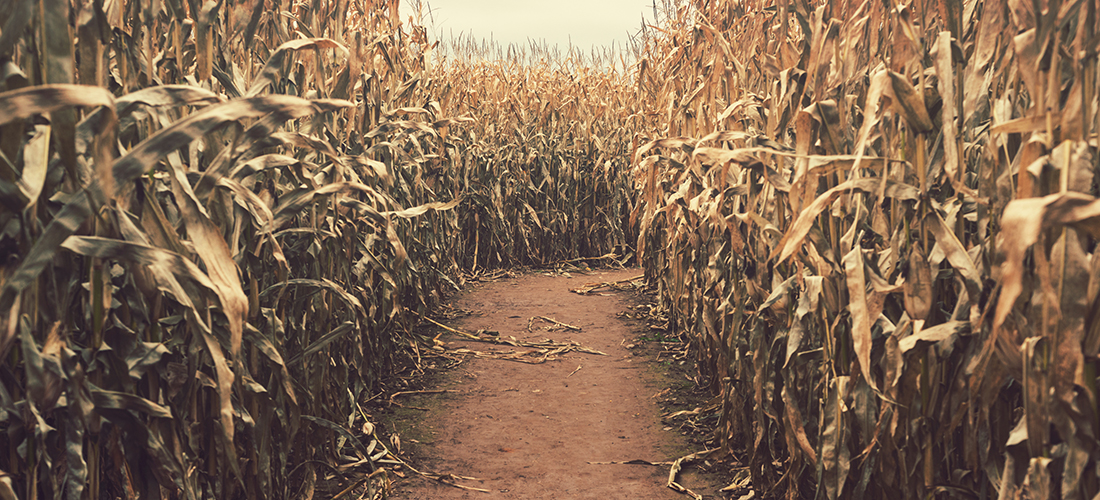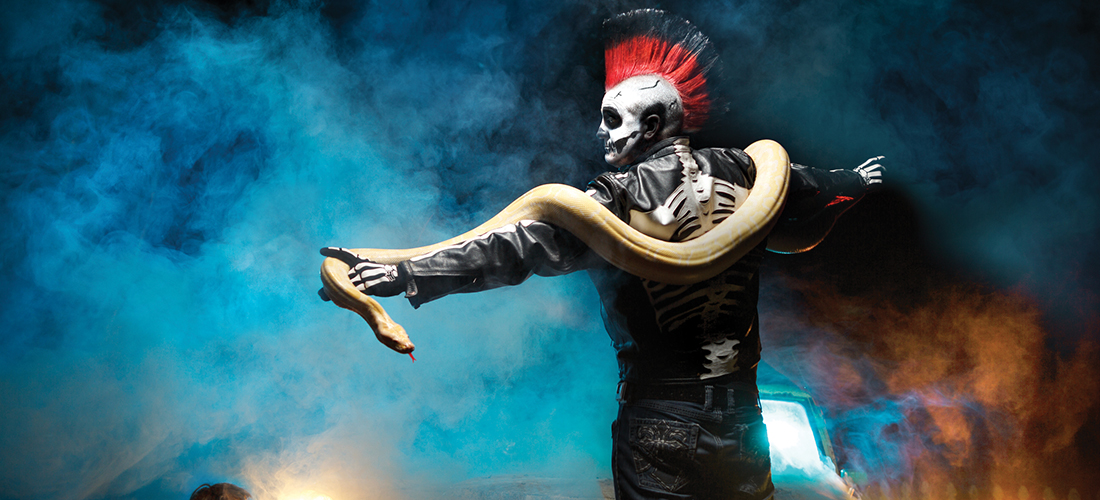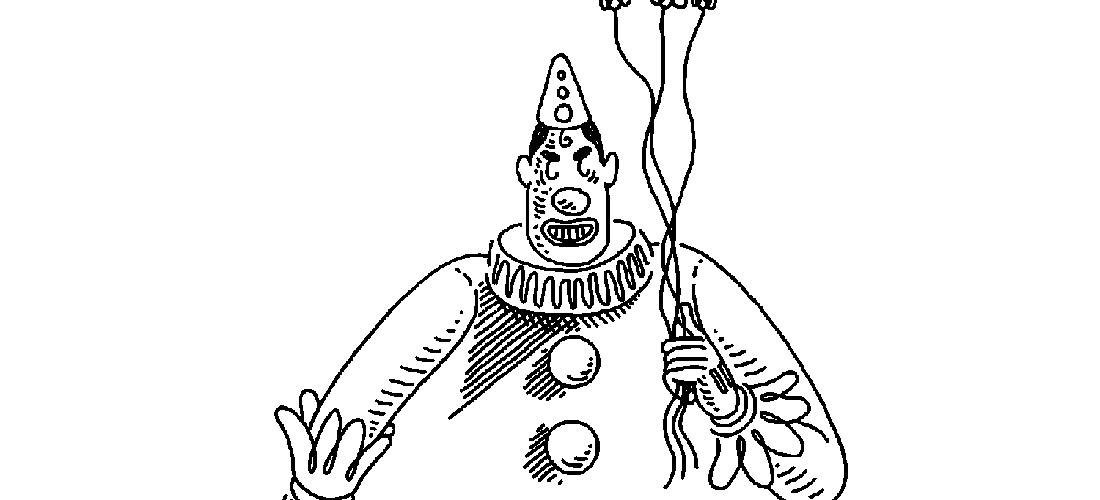True South
The Great Divide
What stays? What goes? Only Heaven knows
By Susan Kelly
William Faulkner freaks will tell you that a seminal scene in The Sound and the Fury is the basis for all that follows in his famous novel. A little girl named Caddy falls into a puddle. When she climbs a tree, her brothers see her muddy
drawers and predict their mother’s fury that Caddy
has gotten dirty.
What, you might fairly ask, has this English-majorish observation to do with downsizing?
Downsizing necessitates decisions, divesting and division, tasks that are, by turn, hilarious, tedious and heartbreaking. Never mind the big stuff; this weekend, we — myself and my two sisters — were merely dealing with the contents of our mother’s chests and closets and shelves. And so we find ourselves faced with What Goes, What Stays, What We Want, and What We Can’t Bear to Think About piles.
“Sentiment,” I quote from a past writing teacher who was quoting someone else, “is giving something more tenderness than God intended it to have.” We’re staring sentimentally at three pyramids of toys that defined each of us, certainly then, and kind of now.
My Steiff stuffed animals — brought from NYC by my father in the “rag trade” — and with which I made up endless stories. The writer. Save.
Her Barbies (and Kens and Midges) as well as their clothes, exquisitely made, with labels sewn in the collars, and tiny buttons and buttonholes, and real zippers. The clotheshorse extrovert. Save.
Her Tonka trucks. A big, shin-high pickup truck, a horse trailer, a hook-and-ladder, an earthmover. The tomboy. Suppressed sob … Sell. Because not a daughter or daughter-in-law alive would ever permit the no-doubt lethally leaded paint and sharp, semi-rusted corners of the metal vehicles in the sanitized, only-eats-non-GMO-avocados fingers of their helicopter-parented offspring. Tears blinked back.
We let the Barnabas Network guy have the Schlitz beer can lamp (he had a collection of beer can lamps, I kid you not.) We kept our Stokes County grandfather’s lapboard with the inlaid checkerboard where, if I could get a single king, I won. (I never did.) I sat on the radiator cover and watched him eat a hundred pieces of watermelon — cut not in wedges but in rounds, like a doughnut — on that lapboard as we watched “Jeopardy!” together.
At one point, after we’d unhesitatingly pitched the homemade afghan we remembered being sick — red measles to the vomits — beneath on the den sofa, the three of us laid flat on our backs on the floor to rest. “Get up and look at me,” I told the youngest. “This is what I’d look like with a face-lift.” At another point, my mother said, “I want to watch this part,” as we prepared to divide up table linens, from Italian damask to exquisite lace hems to monogrammed satin-hemmed napkins the size of small tablecloths to, well, tablecloths. We were made to understand that each set had its story: wedding present, purchased in France, etc. We counted, chose, caressed, chose, hovered, chose, thought silently and disloyally about drawer space and lifestyle. “This is boring,” my mother announced, and left.
But about those underpants.
“Where’s my Joy of Cooking?” she asks.
Exchange of panicked glances. Her Joy of Cooking was no longer a book. It was a chunk composed of a single frayed, faded, fabric-covered cardboard whose visible spine was stitched with what looked like kitchen twine holding clumps and singles of thin yellow pages with 6-point-font printing. And no pictures.
“It’s falling apart,” we object. “Do you think you’re going to be cooking recipes from The Joy of Cooking?” we ask. “We’ll get you a new one,” we offer.
“The new one doesn’t have the same recipes,” she says.
Like what? I think. Chilled beef consomme? No loss.
“I want it,” she says. This, from the same woman who threw out decades of travel pictures, even her wedding album, without a twinge.
“It’s in the car,” I say, cool as Melanie Wilkes lying to the Yankees. “I’ll get it.”
My mother’s Joy of Cooking was not in the car. It was buried somewhere in a black plastic bag in the Dumpster squatting in the asphalt parking lot of an elementary school. Which is how I came to find myself folded at the hips like a hinge over the sharp, rusty, Tonka truck-like Dumpster edge, fishing, digging, clawing, groping and tearing at bags of cafeteria refuse, supply room cast-offs and restroom detritus (Is that a book spine I feel or a box of rotting fish sticks?) in 100-degree heat while my sister stands behind me saying unhelpful things like, “I hope they don’t have closed circuit cameras to catch people illegally throwing stuff away.”
If so, kindergarten show and tell can be the film of my drawers and backside as I’m trying not to fall into the dark, stinking, super-heated, steel-walled abyss of a Dumpster interior. Although at the very least you should be in high school to really appreciate The Sound and the Fury. And you need to be 86 to really appreciate your original Joy of Cooking. Because I recovered it.
My sister recovered, too. The Tonka trucks sold instantly on consignment, for a lot of money. Plus, no one came down with lockjaw. OH
In a former life, Susan Kelly published five novels, won some awards, did some teaching, and made a lot of speeches. These days, she’s freelancing and making up for all that time she spent indoors writing those five novels.

